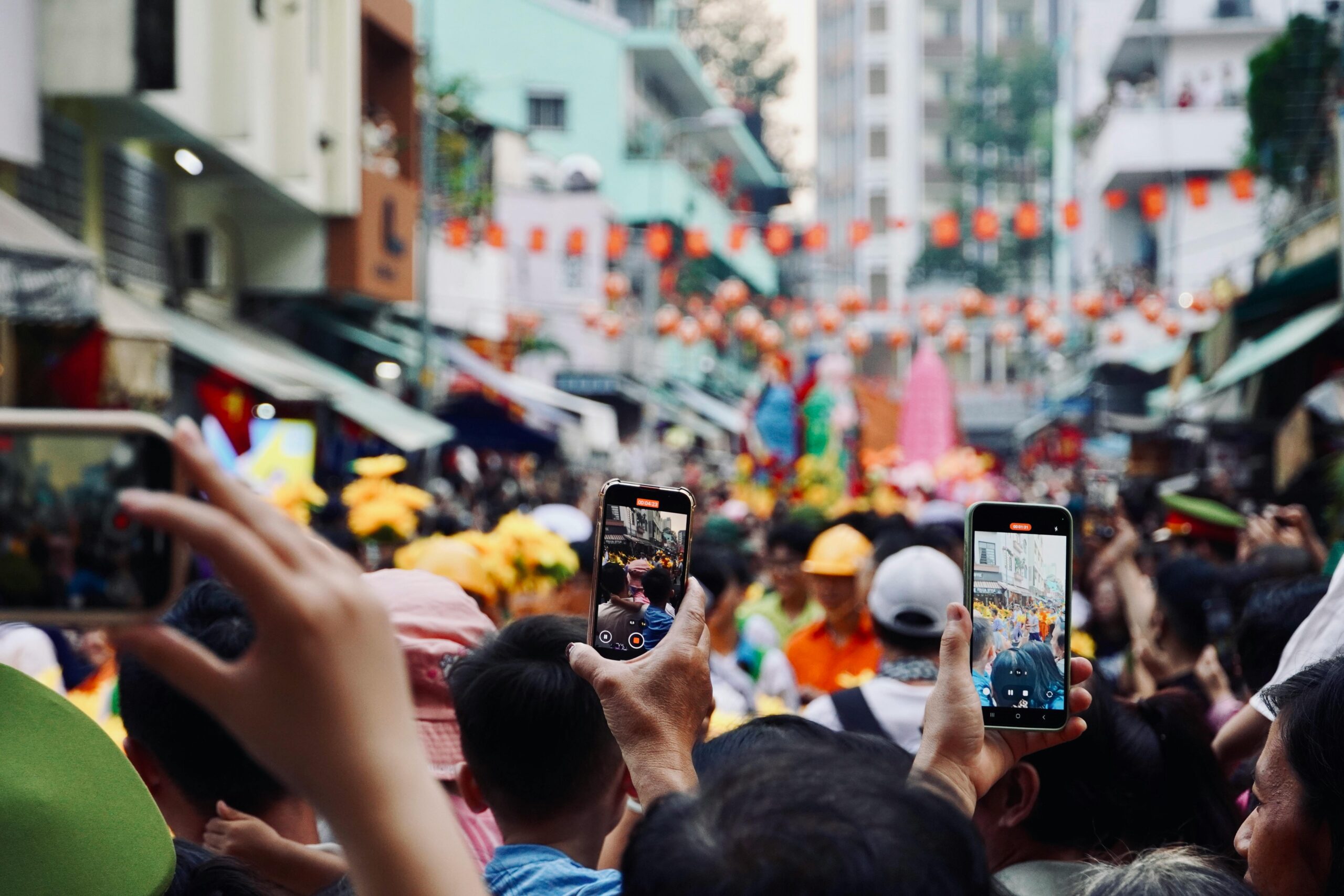In today’s digitally interconnected world, urban design and planning stand on the brink of a transformative evolution, largely driven by social media data and broader social communication platforms. This new frontier affords urban planners dynamic, real-time insights into the needs and behaviors of city inhabitants, moving beyond traditional data sources to create environments that are more responsive and inclusive. By leveraging social media, planners can tap into a rich vein of public sentiment, trend data, and communal feedback, providing a nuanced understanding of how people interact with urban spaces (Lin & Geertman, 2019).
Social media platforms such as Twitter, Facebook, and Instagram serve as powerful tools for gauging public sentiment and identifying trends. Analysis of posts and hashtags helps planners understand community interests, allowing them to design spaces that resonate with people’s needs and preferences. For instance, location-based check-ins reveal the popularity of venues and events, which can guide the development of more vibrant and dynamic urban areas (Ciuccarelli, Lupi, & Simeone, 2014).
Beyond mere data collection, social communication platforms like community forums and municipal apps play a crucial role in modern urban planning. They map social networks within neighborhoods, fostering spaces that encourage social interactions and build community cohesion. Moreover, these platforms enhance emergency response capabilities, providing real-time data that improves communication and information dissemination during crises (Ilieva & McPhearson, 2018).
Integrating insights from social media data into traditional urban planning tools like GIS systems enables a more holistic approach to city development. This strategy allows urban planners to devise solutions that are not only functional but also enrich the community’s quality of life. The multifaceted data provided by these digital platforms enables precision targeting of community services and infrastructure, aligning them with both present needs and future growth projections (Shao, Sumari, Portnov, & Ujoh, 2021).
Despite the benefits, utilizing social media data in urban planning presents challenges such as data privacy concerns and the digital divide, necessitating careful consideration and ethical use of these new tools. As cities strive to be more sustainable and inclusive, incorporating social media insights holds great potential for creating urban spaces that foster positive emotional and social experiences, ensuring vibrant community interaction and sustainable development.
References
- Lin, Y., & Geertman, S. (2019). Can social media play a role in urban planning? A literature review. Springer.
- Ciuccarelli, P., Lupi, G., & Simeone, L. (2014). Visualizing the data city: Social media as a source of knowledge for urban planning and management. Google Books.
- Ilieva, R. T., & McPhearson, T. (2018). Social-media data for urban sustainability. Nature Sustainability, 1(10), 553–555. https://doi.org/10.1038/s41893-018-0153-6
- Shao, Z., Sumari, N. S., Portnov, A., & Ujoh, F. (2021). Urban sprawl and its impact on sustainable urban development: A combination of remote sensing and social media data. Sustainable Cities and Society, 70, 102899. https://doi.org/10.1016/j.scs.2021.102899
Image: Tuan Vy
